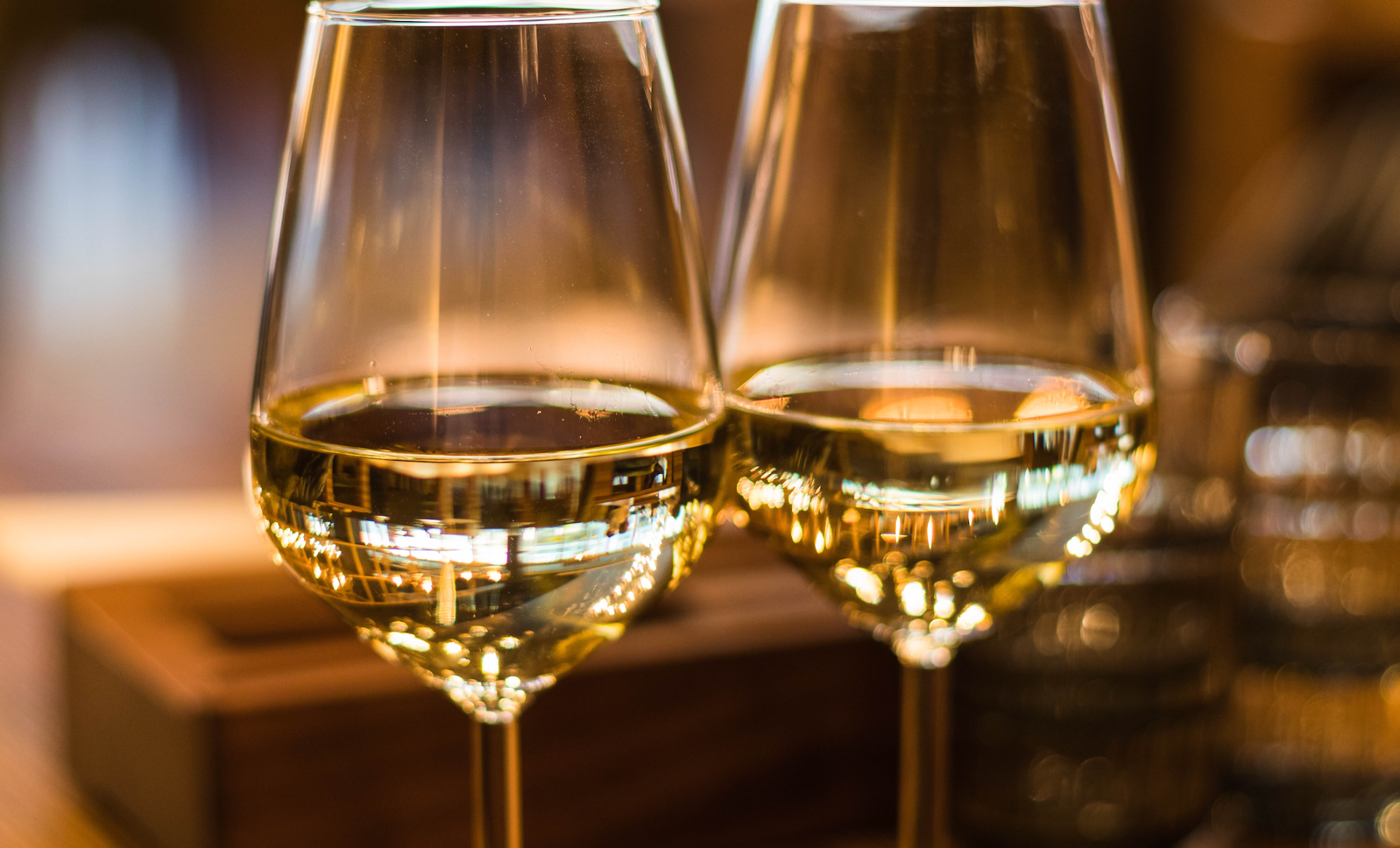An introduction to our grapes: Riesling
One of the most important components in what characteristics a wine will have, is the grapes it is made from. We would therefore like to introduce you to some of the different grapes, and their properties. First out: Riesling!
Fun Fuel imports wines from Champagne, Italy (Umbria) and Australia (Barossa). Out of the wines we represent from Australia, and the producer Lindsay, both the white and red wines are single-grape wines (Riesling, Semillon, Cabernet Sauvignon, Merlot, Pinot Noir and Shiraz). The Grand Cru Champagne from Secondé-Simon is based on Chardonnay and Pinot Noir (different proportions in the different Cuvées), and similarly, the wines from Vinosko are also based on several grapes; Rosso with Sangiovese, Multipulciano and Merlot, while Vinosko Bianco is made from Trebbiano and Grechetto.
The following grapes are represented in the wines that Fun Fuel represents:
White
• Riesling
• Semillon
• Chardonnay
• Trebbiano
• Grechetto
Red
• Cabernet Sauvignon
• Merlot
• Pinot Noir
• Shiraz
• Sangiovese
• Montepulciano
In the upcoming weeks, we will go through the characteristics of these grapes, typical properties, and what often characterizes them in color, smell and taste. The first grape we are going to look at is Riesling.

Riesling
This grape is especially prevalent in Germany, the United States, and Australia. The grape expresses itself differently depending on the location, and also depending on the vineyard and the environment in which it grows. Wines based on Riesling range from light, delicate and floral, to richer wines with a taste of fruits such as peach. They range from very dry, to viscous sweet wines. In different geographical areas, there may be guidelines and wine laws in relation to the label, but we will not go into this here.
The color of wines made on Riesling is mainly light yellow, straw yellow, yellow with green tones to deeper yellow.
Riesling is an aromatic grape, which means that it is full of taste and character. Other examples of grapes that give aromatic wines are Sauvignon Blanc, Muscat and Gewurztraminer, and these are usually good to drink while they are relatively young.

Riesling produces wines with pronounced fruitiness, and floral aromas with high acidity. The type of fruit will vary with the ripeness of the grapes at harvest, where grapes harvested early in the season often results in green fruit (such as apple and pear) and citrus, while grapes harvested later in the season result in more ripe flavors such as tropical fruit (mango and pineapple), and dried fruit (apricot and raisin).
Australia and Clare Valley produce wines that are unique to their place of origin; straw yellow in color, distinct in their citrus smell and taste (lime, lemon and grapefruit), and during storage they develop tones of toast, honey and petroleum relatively quickly. The wines are not oak wines (which is often the case with aromatic wines), with a high degree of acidity, and are often dry, or semi-dry.
Lindsay Evensong comes from Clare Valley, which is a recognized area in Australia along with the Eden Valley, where Riesling is produced with high quality.


